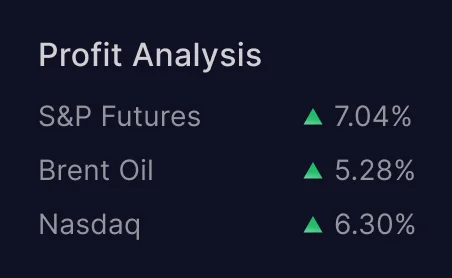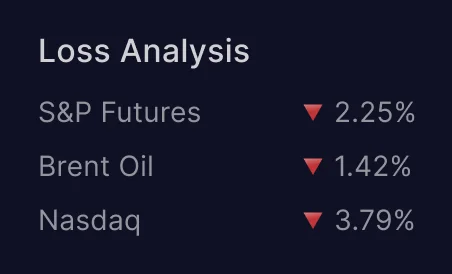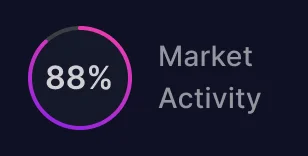Forex Trading
Forex trading involves speculating on the relative values of different currencies. This process entails simultaneously buying one currency and selling another, aiming to profit from fluctuations in exchange rates. With an estimated daily turnover of $5.1 trillion, the forex market is enormous and operates as an over-the-counter (OTC) market, meaning there are no centralized exchanges or clearing houses.
As a globally accessible market with constantly changing prices, the likelihood of significant gaps is reduced. The forex market is described as a principals-only market, where traders engage directly without intermediaries like brokers used in stock trading. Companies participating in forex trading, known as dealers or merchants, assume risks to facilitate trades.
Instead of charging commissions, brokers primarily earn revenue through the bid-ask spread. Forex trading always involves currency pairs, making it a “zero-sum game,” where an increase in the value of one currency inherently results in a decrease in the value of the paired currency.
What is the Forex Market?
The primary purpose of the forex market is to enable large multinational companies to exchange currencies, such as to purchase raw materials from another country or to repatriate foreign earnings. However, this fundamental function accounts for only about one-fifth of the market’s activity. The majority of the market is driven by speculation, with prices influenced by the actions of financial traders betting on future currency movements.






